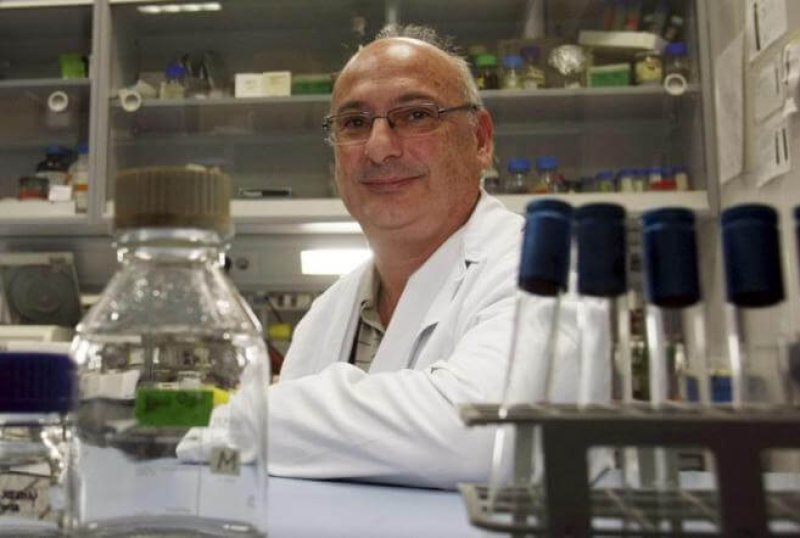Professor [Francisco] Mojica grew up near the Mediterranean port of Santa Pola in Spain, a region famous for its salt lakes and the flamingos that live in them, and one day he noticed something odd. He was looking at the bacteria that thrived in those marshes, and realised bits of DNA that were repeated many times, with regular spaces in between.
“And that was very unexpected and very amazing — and very peculiar,” Professor Mojica.
…
Professor Mojica devoted the next decade of his life figuring out exactly what these repeating structures were. Today, they are known as CRISPR, which stands for “clustered regularly interspaced short palindromic repeats”. And they are the basis of a technology that lets scientists edit genomes of everything from bacteria to humans.
…
Suddenly, scientists effectively had a cut-and-paste tool for the DNA.
“Now it is like a Google search,” Professor Crossley said. “You can search through vast genomes, actually in a test tube. And home in on the region you want, you can cut it, and you can put a new gene there, or you can change the sequence.”
…
Most scientists in the field agree someone will get a Nobel Prize for CRISPR. As Professor Mojica emphasised, there were a lot of people that came after him, and did arguably just as important work, turning his discovery into a tool.
Read full, original post: Francisco Mojica, the scientist who discovered CRISPR and DNA editing































